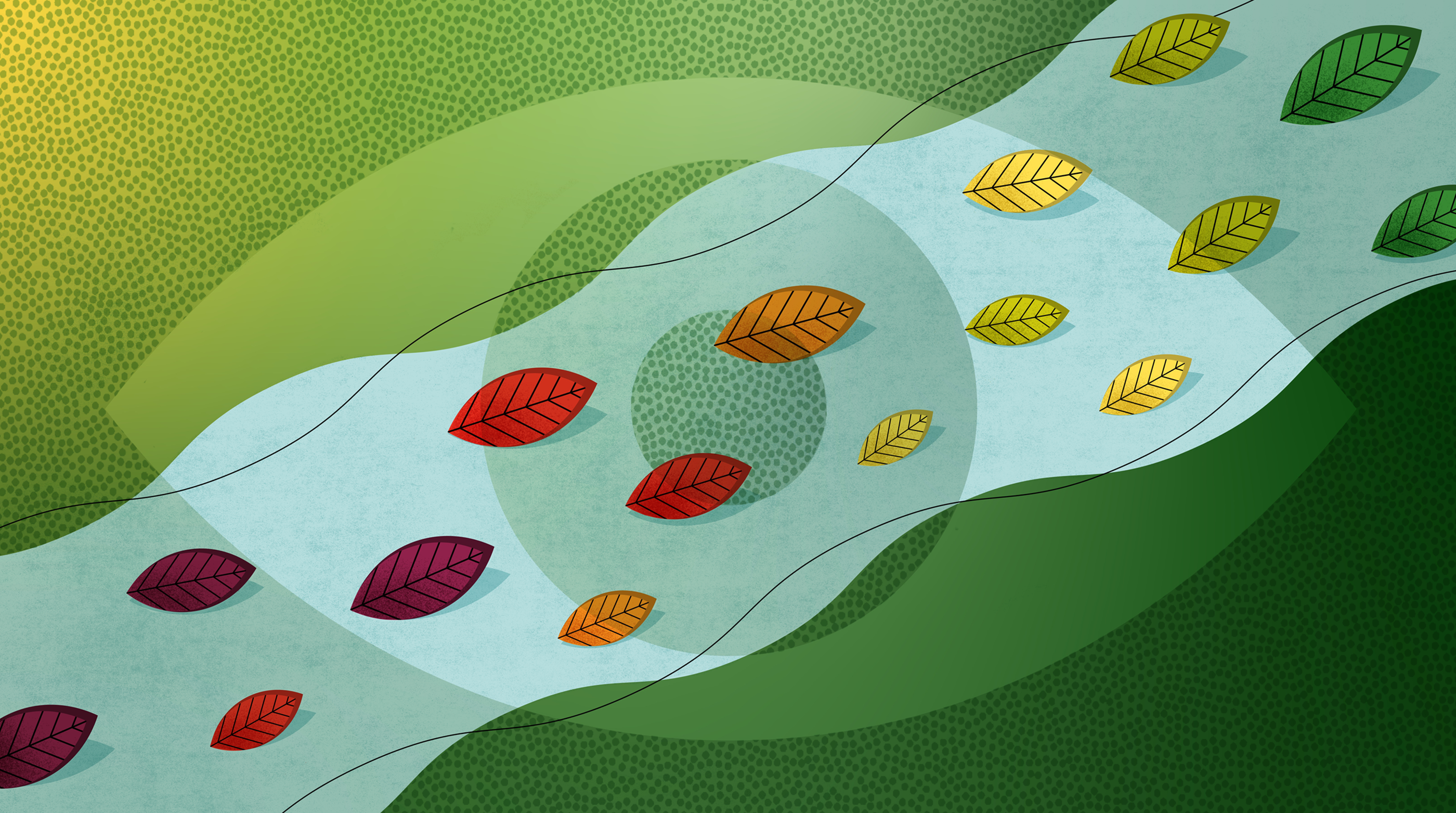Will Nature Go Mainstream in 2021?
5 ways the pandemic has shown us nature is everything
One of the many things we’ve learned from the global shock of COVID-19 is just how intertwined humanity is with nature. A wildlife-borne pathogen has infected more than 70 million people, disrupted global supply chains, spotlighted inequities and exposed new vulnerabilities in our financial systems: the costs of our broken relationship with nature are startlingly clear.
Our global insights, straight to your inbox
Get our latest research, insights and solutions to today’s sustainability challenges.
Sign UpAs we set our collective vision toward global recovery in 2021, recognizing and making decisions based on nature’s value will be essential for building a better world. Whether it’s for our physical health or our fiscal health, it’s clear that we need nature now.
This year, world leaders will convene for long-delayed meetings to agree on a new framework for protecting biodiversity and increased global climate commitments that will guide efforts to save the planet for the next ten years. But setting ambitious targets at these meetings presents a new start, not an end, to the work ahead. We won’t be able to follow through on these goals if we don’t make nature part of the mainstream in our economies, societies and everyday lives.
Here are some important ways the last year has reinforced nature’s central role in our lives—and what that means for the critical year, and decade, ahead.
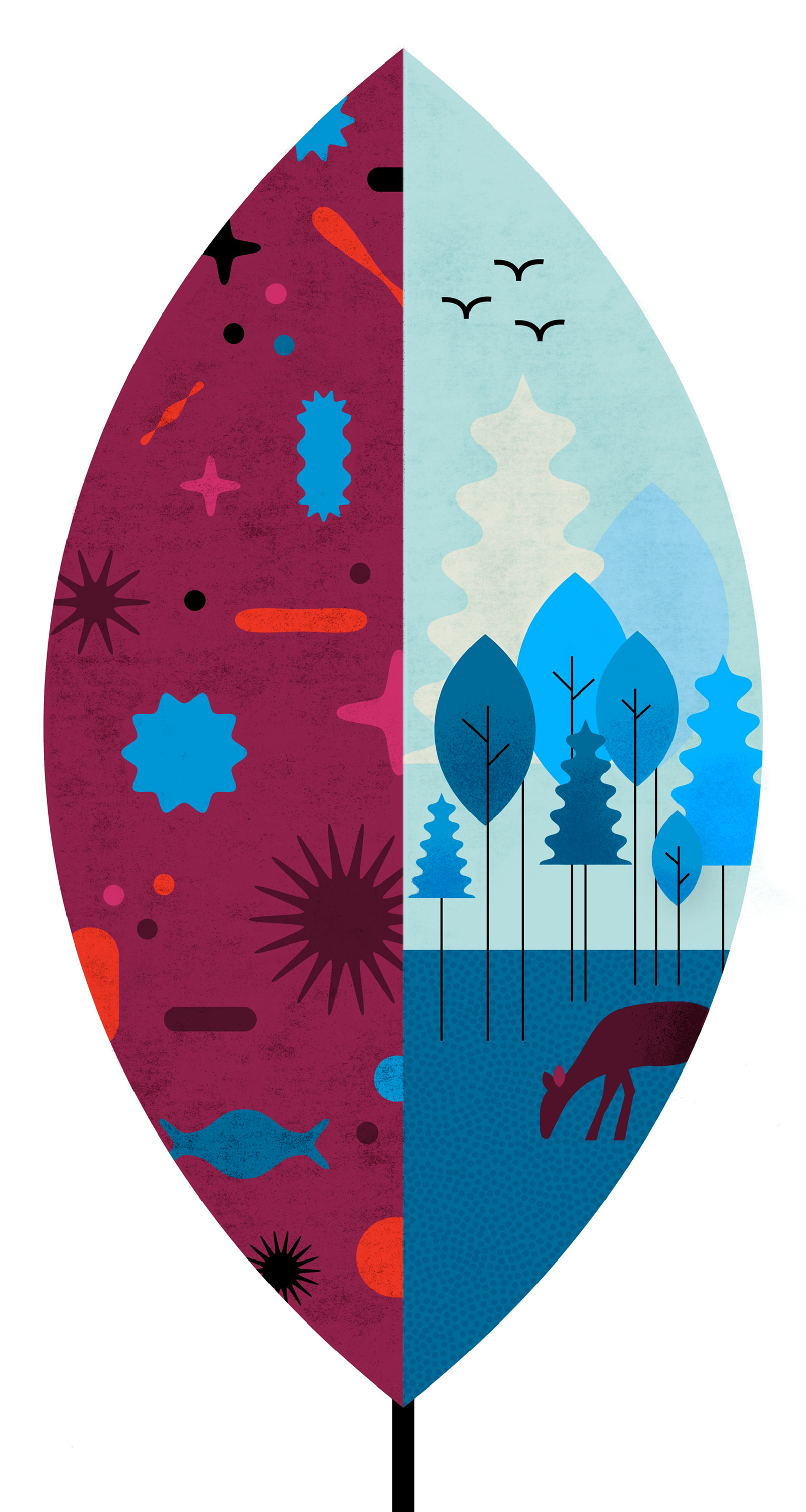
HEALTH:
Stopping the next pandemic
The COVID-19 pandemic, which has killed 1.3 million people to date, likely originated through human-wildlife contact. And with an estimated 850,000 more viruses carried by birds and mammals that could also be transferred to humans, our odds of facing another pandemic are high if we don’t find ways to limit such contact in the future. Protecting nature is the single best thing we can do to prevent future pandemics, according to the World Health Organization.
How do we do that? We can start with better enforcement of protection for wildlife preserves, cracking down on the illegal wildlife trade, and making changes in land-use policy to further limit contact between humans, livestock and wildlife. Such measures cost money at a time when governments around the world are cash-strapped— but given the economic impacts of COVID-19 so far are 100 times the estimated cost of prevention, such efforts would be well worth the investment.
"As economic impacts of COVID-19 so far are 100 times the estimated cost of prevention, preservation efforts would be well worth the investment."
To learn more about nature’s role in preventing future pandemics, download “Nature-Based Solutions for People, Planet and Prosperity,” a guide for policymakers from TNC and 20 other NGOs
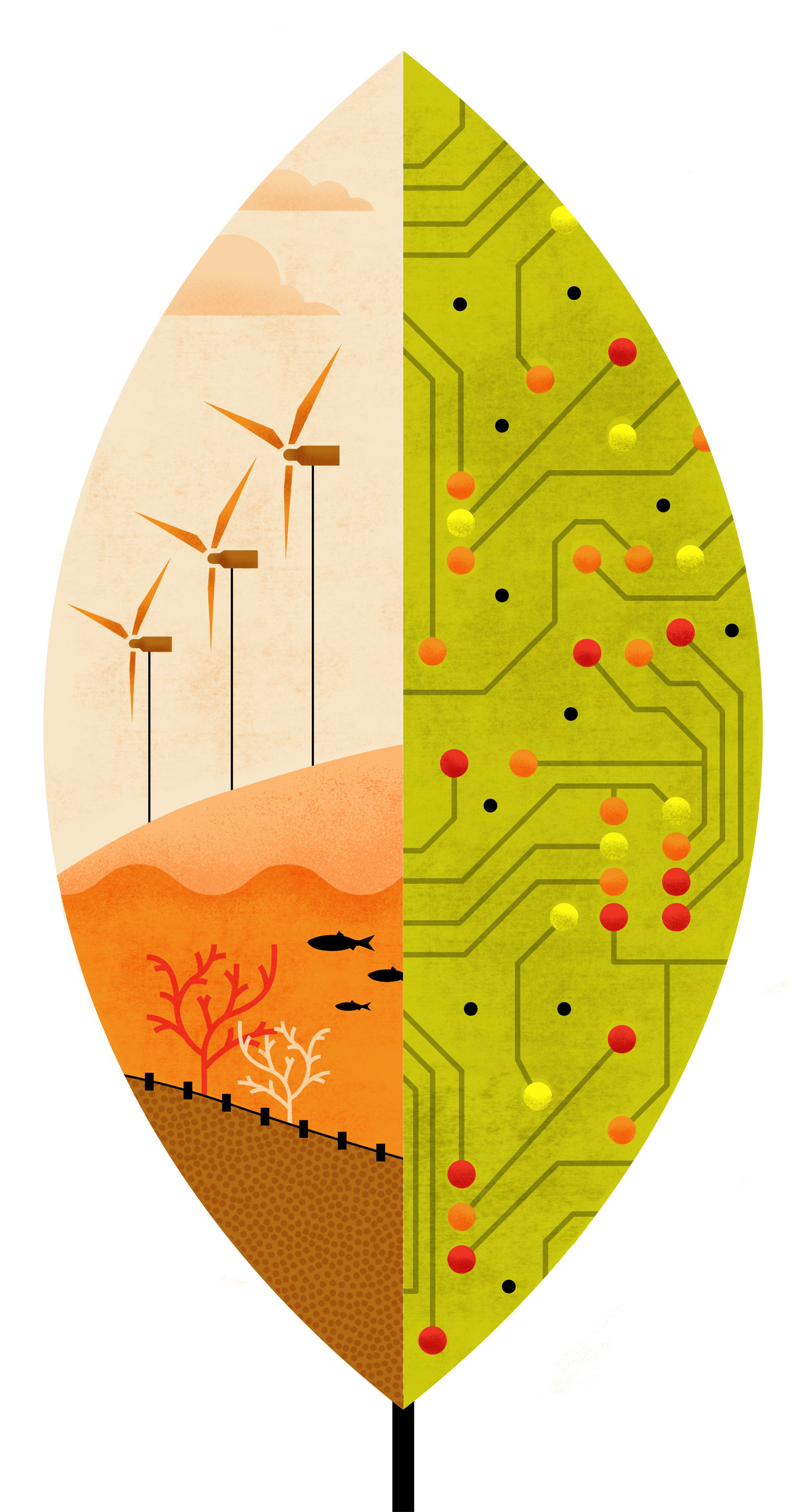
TECHNOLOGY:
Could climate change break the Internet?
Most of us have spent a lot more time online over the last year, and yet the infrastructure of the internet remains largely invisible. That infrastructure is real, though—and it is threatened by climate change, as rising sea-levels could destroy crucial connection points along the world’s coasts. Climate-exacerbated wildfires threaten even more fundamental technology—electricity—as U.S. residents saw last autumn when power companies shut down transmission lines in California to limit the spread of wildfires.
Climate change is already here, but if we act swiftly to limit temperature increases we can reduce some of the impacts. Tech companies and other big corporations can play an important role here by leveraging their buying power to accelerate the renewable energy transformation—and help ensure that new renewables are sited in ways that don’t convert natural habitats. That’s especially important because we can’t keep climate change within safe boundaries without more investment in nature—protecting, restoring and managing natural landscapes and wetlands could deliver up to a third of emission reductions we need over the next decade.
There are many different natural climate solutions, but a few crucial ones include reversing deforestation, implementing smarter farming practices and supporting the Indigenous communities who manage some of most carbon- and biodiversity-rich landscapes in the world.
"Protecting, restoring and managing natural landscapes and wetlands could deliver up to a third of emission reductions we need over the next decade."
Download the Playbook for Climate Action to see TNC’s full suite of strategies governments and businesses can use to fight climate change.
To learn more specifically about how businesses can help accelerate the clean energy transition, download Clean and Green Pathways to a Global Renewable Energy Buildout.
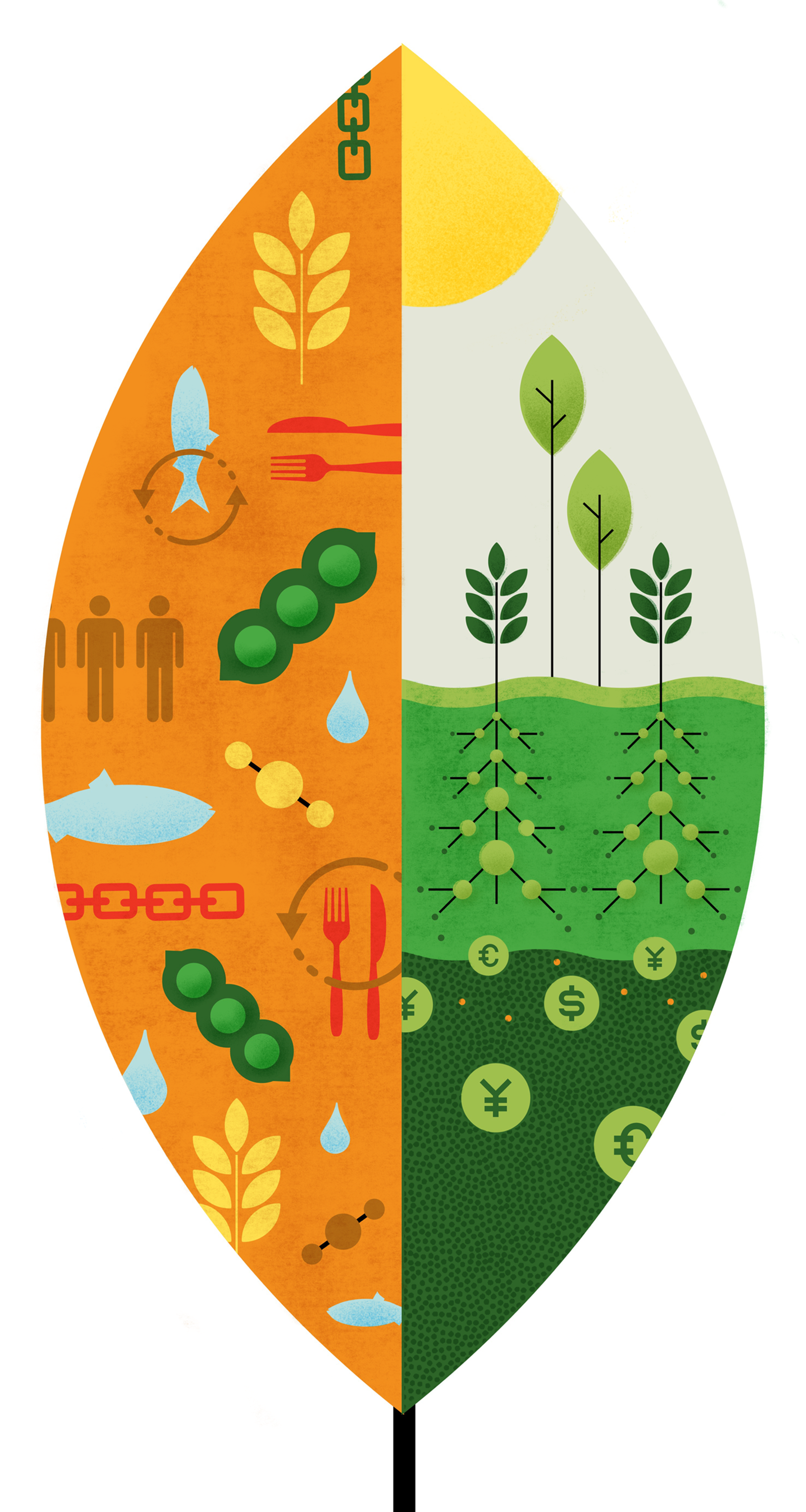
FOOD:
Consumers want greener food systems—the food sector might want them even more
COVID-19 dealt a major blow to the supply chains of food and beverage companies the world over, but new research shows the sector is aware of and investing in the bigger risk facing our food system: environmental health. Decision makers in these sectors increasingly view environmental risks as direct operational threats and are investing accordingly. In fact, globally, food companies are investing more in sustainability, not less. From farmers deploying growing practices that enhance soil health to major exporters investing in deforestation-free commodities, we’re seeing the industry double down on nature-positive food production—though faster and more comprehensive change is still needed across the food and beverage sectors.
Food choices are complex and food value chains even more so, but consumers and industry leaders alike agree on the need for faster progress toward a nature-positive food system. The pandemic has only intensified pressure on the industry to strive for greater resilience and sustainability. This alignment between consumers and producers, could be exactly what’s needed to transform food production from the number one threat to nature to a major lever for positive change.
"In fact, globally, food companies are investing more in sustainability, not less."
Download the Food & Nature Digest: Accelerating the Green Recovery to learn more about how consumers and companies view sustainability investments in the food, beverage and agriculture sectors.

TRAVEL:
Does nature need tourists?
When global travel slowed to a crawl last year, it brought a big drop in emissions. But it also brought a drop in funding for nature preserves, many of which depend entirely on tourism revenues, and devastated adjacent communities that similarly rely on tourists. Eco-tourism will likely remain an important industry in some regions, but we need other funding streams—and nature can help deliver them.
Fortunately, there are many ways that nature generates value and sustains local communities. Blue Bonds for marine conservation offer one approach. TNC has pioneered this strategy in the Seychelles, leveraging public grants and commercial capital to restructure the nation’s sovereign debt and invest a portion of the savings in new marine protected areas and a diverse range of nature-positive economic opportunities. A stretch of the Mesoamerican reef off the coast of Mexico offers another example. A parametric insurance policy delivers a payout when the reef is damaged by heavy storms, ensuring the reef ecosystem is sustained and continues to protect the local community—and the tourism industry there that depends on the reef. Expanding strategies like these that both protect biodiversity and support the livelihoods of local communities will be essential for long-term environmental progress.
"Eco-tourism will likely remain an important industry in some regions, but we need other funding streams—and nature can help deliver them."
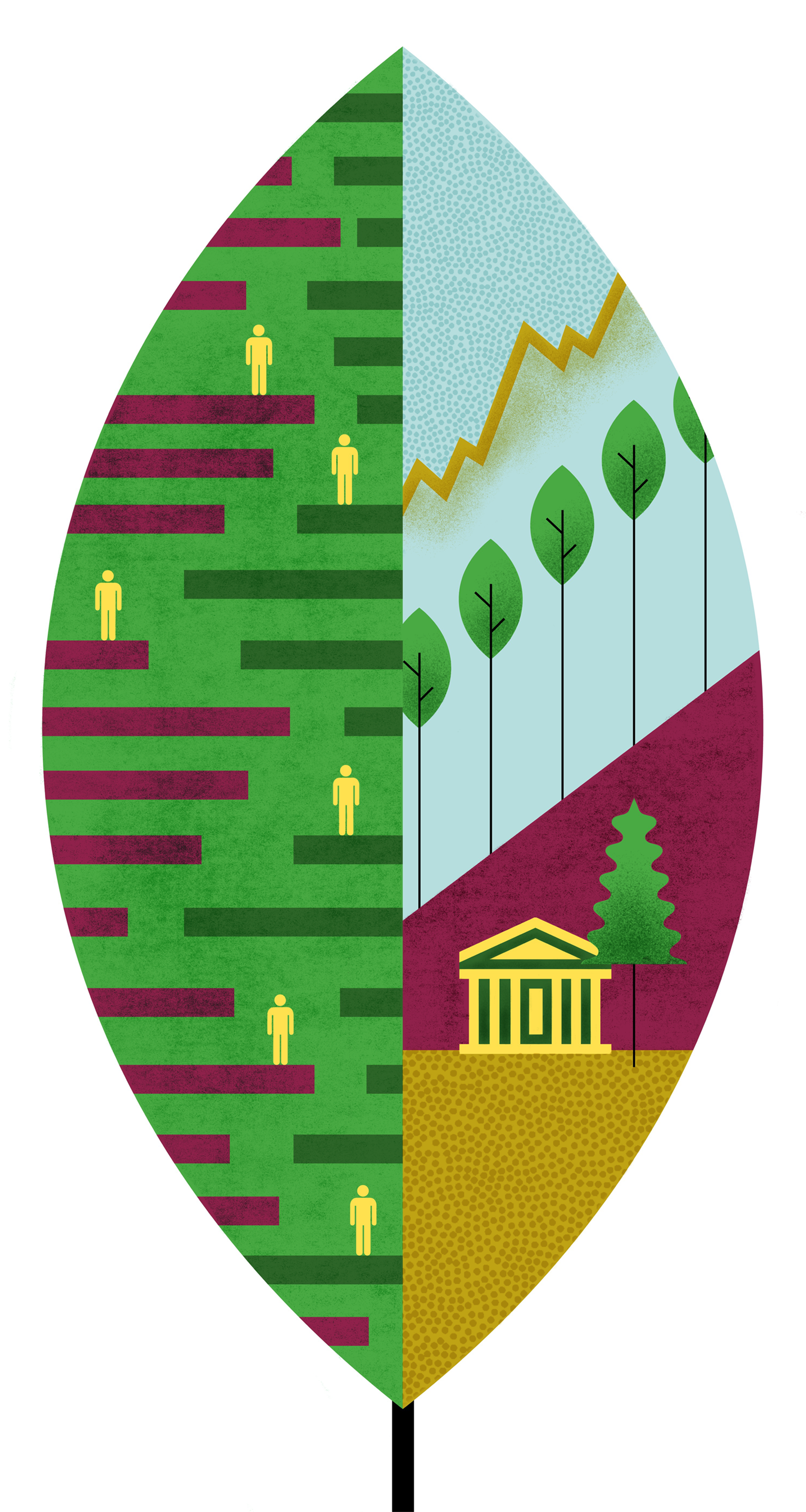
FINANCE:
Saving the banking system from extinction
More than $44 trillion of the global economy is dependent on nature—that means we can’t rebuild healthy economies without investing substantially in our planet. Unfortunately, we’ve been underinvesting in nature for a long-time—globally, we need another $700 billion per year to fund the protection and restoration of nature.
That’s a stark number—but COVID-19 has actually accelerated the trend toward sustainable investing, according to the consulting firm PwC, who predicts that 77 percent of institutional investors will cease buying anything but ESG funds by 2022. But we still need more action from government leaders to increase nature-positive funding and create more incentives for private investment. Redirecting public funding to nature-positive subsidies alone could deliver up to 40 percent of the funding needed to close the nature funding gap.
"More than $44 trillion of the global economy is dependent on nature—that means we can’t rebuild healthy economies without investing substantially in our planet."
To learn how policymakers can direct more capital toward nature, download Financing Nature: Closing the Global Biodiversity Funding Gap.
For a broader look at nature’s role in the global economy, download the Nature-Positive Compendium.
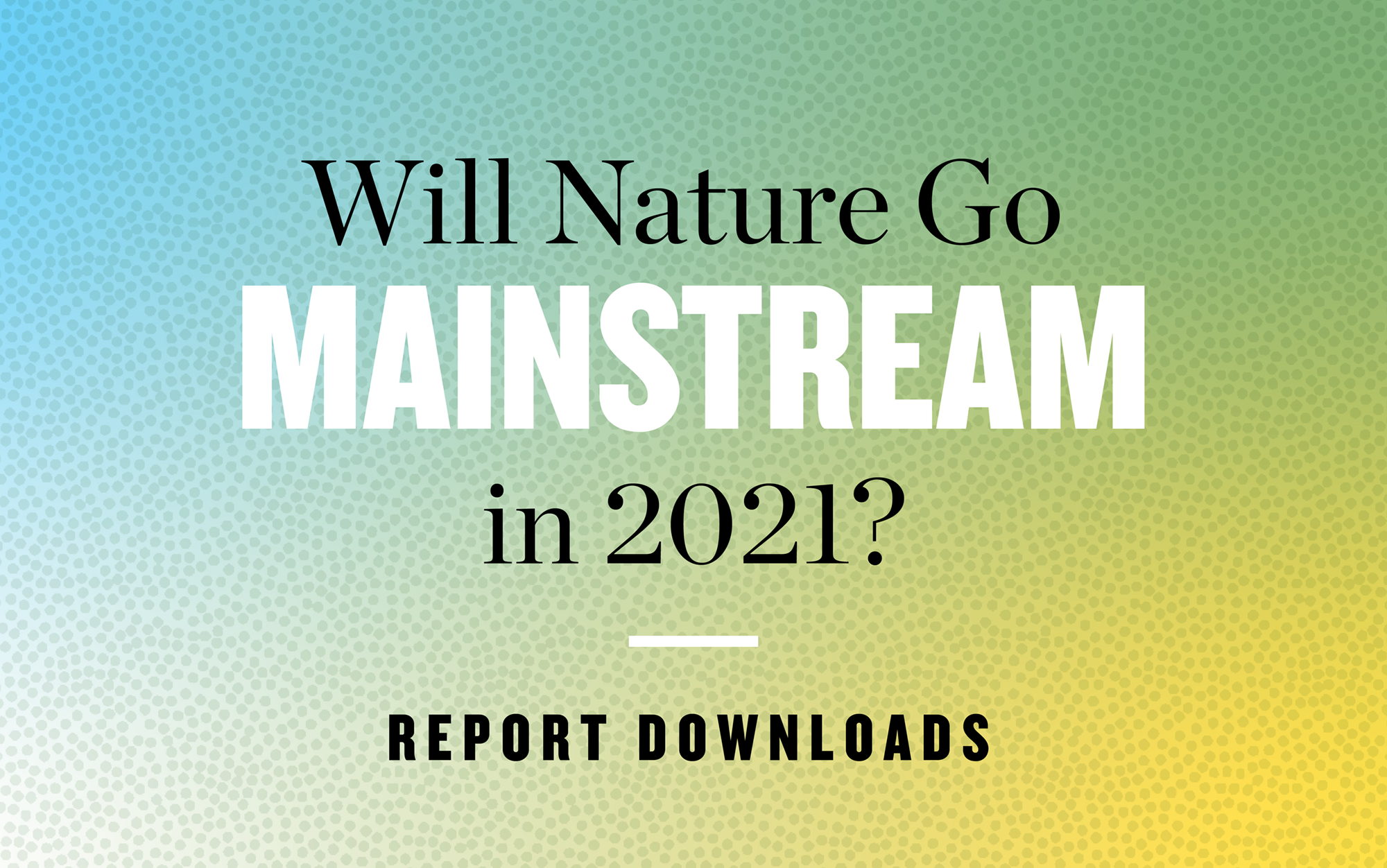
Access the Related Resources
The resources highlighted throughout this piece feature some of the most promising nature-based solutions piloted by The Nature Conservancy and its partners to address these planetary challenges and drive progress in the critical decade ahead.
Get the Downloads ›
Learn more about what’s at stake in the year ahead
and JOIN THE CONVERSATION:
Global Insights
Check out our latest thinking and real-world solutions to some of the most complex challenges facing people and the planet today.
